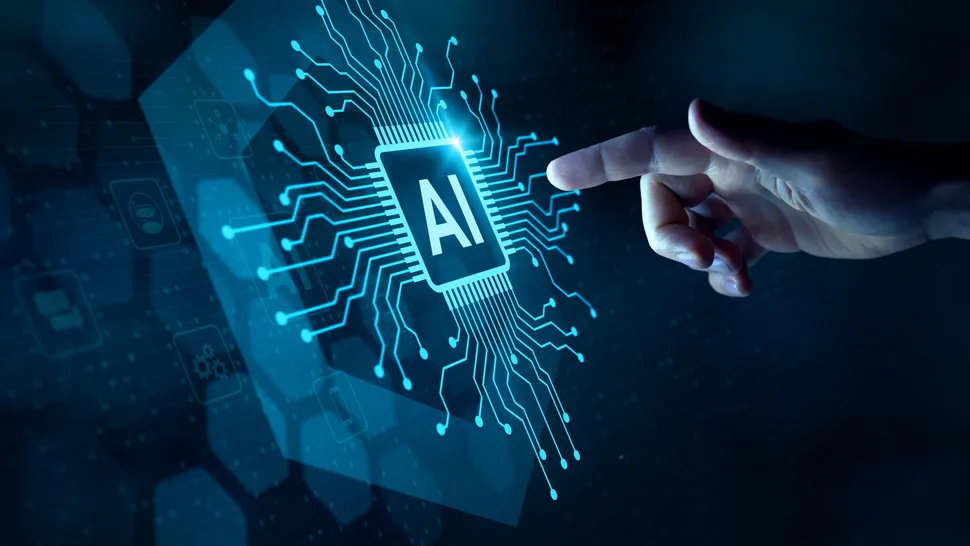Specifications & Planning
Comprehensive Approach to AI and Software Development
Our approach begins with detailed discovery sessions, where we collaboratively build a comprehensive specifications document. This outlines the project's objectives, user personas, and key functionalities, ensuring all stakeholders are aligned.
- What are we building? Who are the users, and what features are essential?
- Which technologies, such as AI models, Generative AI tools, cloud services, or programming frameworks, will provide the best balance of cost, scalability, and performance?
Our team guides you through critical decisions, helping optimize the development process by:
- Suggesting impactful features (e.g., "Consider adding a dashboard for tracking real-time analytics and usage trends.")
- Balancing budget and functionality (e.g., "We can use pre-built AI models or libraries to reduce development time by 30%.")
Tools Used:
Designs, Wireframe & Prototype
Crafting a User-Centered Interface
We transform ideas into tangible designs through wireframes and interactive prototypes, ensuring your product's design is intuitive and functional before moving to development.
- Wireframes Wireframes provide a blueprint for user interactions, allowing you to visualize the flow and structure of your platform.
- Prototypes simulate the user experience, offering a dynamic, clickable model for feedback and early iteration.
Our team will optimize the design process by:
- Suggesting innovative design solutions (e.g., "Consider integrating a streamlined navigation bar to improve user flow across pages.")
- Refining user interactions (e.g., "Consider adding intuitive animations to guide users through key actions.")
Tools Used:
Estimates & Timeline
Delivering on Time and Within Budget
Once the design and specifications are finalized, we provide a detailed timeline that outlines each development milestone. This includes time allocation for various aspects of the build, such as coding, testing, and deployment.
- Development Timelines are structured to accommodate AI model training, data preparation, and core software development.
- Milestones ensure transparency, allowing you to track progress and adjust timelines if needed.
Our team will optimize the design process by:
- Identifying potential risks early (e.g., "We'll assess any dependencies that may impact timelines and plan for contingencies to minimize delays.")
- Optimizing resource allocation (e.g., "Leveraging parallel workflows can speed up development without compromising quality.")
Tools Used:
Data Collection & Preparation
Laying the Foundation with Clean, Reliable Data
The data collection and preparation phase is crucial for developing robust AI solutions. We source, clean, and structure raw data, transforming it into a high-quality dataset ready for model training.
- Data sourcing and cleaning ensure that only accurate, relevant information is used, minimizing noise and improving model reliability.
- Data structuring and formatting standardize inputs, allowing for seamless integration into the modeling process and optimizing data flow through each phase.
Our team enhances the data preparation process by:
- Automating repetitive tasks (e.g., We use ETL (Extract, Transform, Load) pipelines to handle large-scale data cleaning and transformation.)
- Ensuring data compliance and security (e.g., Data anonymization and compliance checks ensure adherence to regulations like GDPR.)
Tools Used:
Experimentation and Modeling
Crafting Intelligent Solutions through Iteration and Fine-Tuning
The experimentation and modeling phase involves exploring various algorithms, tuning parameters, and refining models to achieve optimal performance. Our iterative approach ensures we build a solution tailored to your specific needs.
- Model Selection and testing allow us to identify the algorithms best suited for the project, balancing performance with computational efficiency.
- Hyper-parameter tuning and fine-tuning enhance model accuracy and effectiveness, allowing us to minimize errors and improve prediction quality.
Our team strengthens this phase by:
- Implementing scalable experimentation workflows (e.g., We leverage distributed computing to parallelize experiments, accelerating model selection.)
- Using advanced performance metrics (e.g., Customized evaluation metrics ensure models are meeting your specific business objectives.)
Tools Used:
Feature Development & Testing
Turning Ideas into Functional, Robust Systems
Our development team translates the approved designs and specifications into a fully functional product. This phase encompasses building essential features, implementing core functionalities, and ensuring that the system architecture is robust and scalable to meet long-term needs.
- Feature Development involves both front-end and back-end work, using development tools to code and integrate features. This ensures that AI components and traditional software elements operate seamlessly, providing a cohesive user experience.
- Continuous integration enables frequent testing and iterative development, helping us catch issues early and maintain alignment with project goals.
- Testing and Evaluation are critical to guarantee system performance and reliability. We conduct extensive testing, covering everything from user interface responsiveness to AI model accuracy, ensuring the product meets all predefined benchmarks.
Our team enhances the development and testing process by:
- Automating testing procedures for efficiency(e.g., Automated tests run at every build, reducing manual testing time and catching bugs sooner.)
- Utilizing performance monitoring tools (e.g., We use real-time performance monitoring to identify and address bottlenecks as they arise.)
Tools Used:
Deployment & Integration
Seamless Launch of Your Solution
With testing complete, we deploy the solution to the appropriate environment, ensuring it integrates smoothly with any existing systems or platforms. Our deployment strategy is designed to minimize downtime and provide a seamless rollout experience.
- Cloud-based deployment tools ensure that the solution is scalable, secure, and capable of handling varying levels of demand.
- Ongoing monitoring is implemented post-launch to track performance and quickly address any issues, maintaining the reliability and efficiency of your solution.
Our team further enhances the deployment process by:
- Implementing rollback strategies (e.g., We set up automatic rollback mechanisms to quickly revert to previous versions in case of deployment issues.)
- Optimizing resource allocation (e.g., We configure autoscaling policies to adjust resources based on real-time usage, keeping costs in check without compromising performance.)
Tools Used:
Maintain & Monitor
Ensuring Long-Term Performance and Evolution
- Performance Monitoring: Tracking key metrics to ensure optimal operation.
- Regular Updates: Implementing enhancements and security patches.
- Continuous Optimization: Fine-tuning models for improved accuracy and efficiency.
Tools Used:








